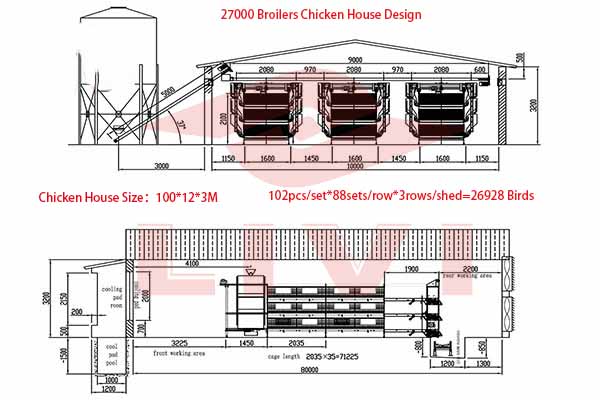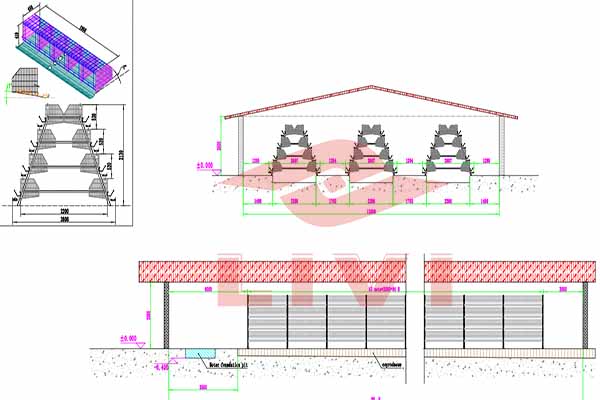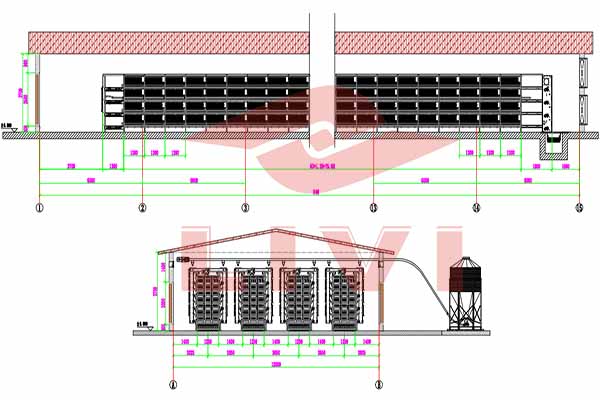Optimizing Chicken Cages for 10,000 Birds in Tanzania: A Comprehensive Guide
Understanding the Scale of Chicken Farming in Tanzania
The poultry industry in Tanzania has witnessed significant growth, with numerous farmers aiming to maximize their production. To house 10,000 birds efficiently, choosing the right chicken cages is crucial. This article delves into the essentials for setting up a high-capacity chicken farm in Tanzania.
In Tanzania, the average chicken cage capacity is approximately 100 birds. However, with the right setup, this can be increased to accommodate up to 10,000 birds. Let’s explore the factors to consider and the benefits of adopting a 10,000-bird chicken cage system.
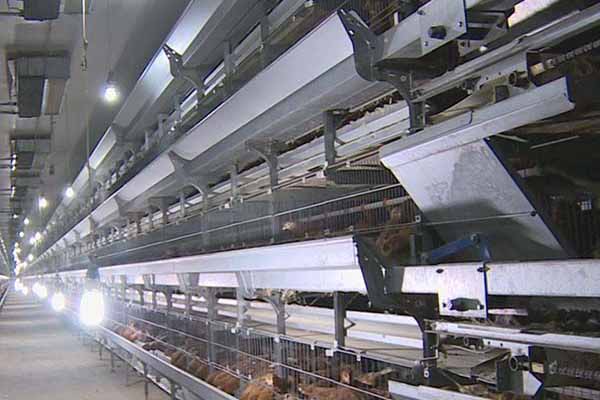
Key Components of a 10,000-Bird Chicken Cage System
- Cage Design: Opt for durable and easy-to-clean designs that promote airflow and reduce disease transmission.
- Material Quality: High-quality steel or aluminum is recommended for long-term durability.
- Airflow and Temperature Control: Adequate ventilation is vital to maintain a healthy environment for the birds.
- Feed and Water Access: Strategically placed feeders and waterers to minimize waste and ensure easy access.
- Egg Collection System: Efficient collection mechanisms to prevent eggs from spoiling or becoming soiled.
Benefits of a 10,000-Bird Chicken Cage System
| Benefit | Description |
|---|---|
| Increased Production | With a larger number of birds in a single unit, the farm can achieve higher production rates. |
| Space Optimization | Utilizing a larger number of birds per cage helps optimize space within the farm. |
| Cost Efficiency | Scaling up production can lead to cost savings on feed, water, and labor. |
| Reduced Risk of Disease | With proper ventilation and hygiene, disease risks are minimized. |
Implementing a 10,000-Bird Chicken Cage System in Tanzania
To implement a 10,000-bird chicken cage system in Tanzania, consider the following steps:
1. Land and Infrastructure: Secure a suitable location with access to water and electricity.
2. Feeding Strategy: Develop a well-planned feeding strategy to ensure the health and growth of the birds.
3. Hiring Expertise: Employ trained staff to manage the farm and maintain the equipment.
4. Monitoring and Record Keeping: Regularly monitor bird health and production, keeping detailed records for analysis and improvement.
Conclusion
Implementing a 10,000-bird chicken cage system in Tanzania can be a game-changer for your poultry farm. By considering the right components, benefits, and implementation steps, you can maximize production and efficiency.
For a tailored approach to your chicken cage needs, reach out to us at LIVI Machinery. Our experts are ready to provide you with a free poultry farmi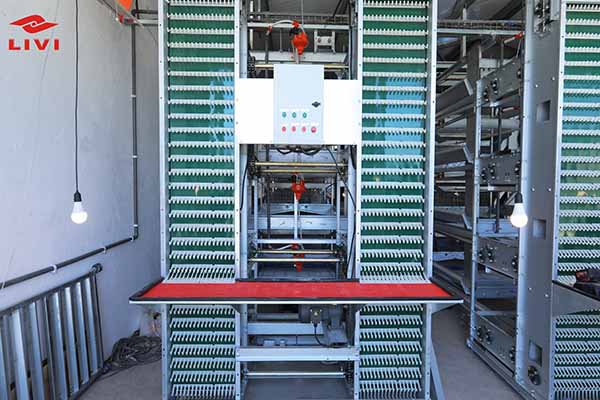 ng design and equipment quotation. Contact us today to get started!
ng design and equipment quotation. Contact us today to get started!


